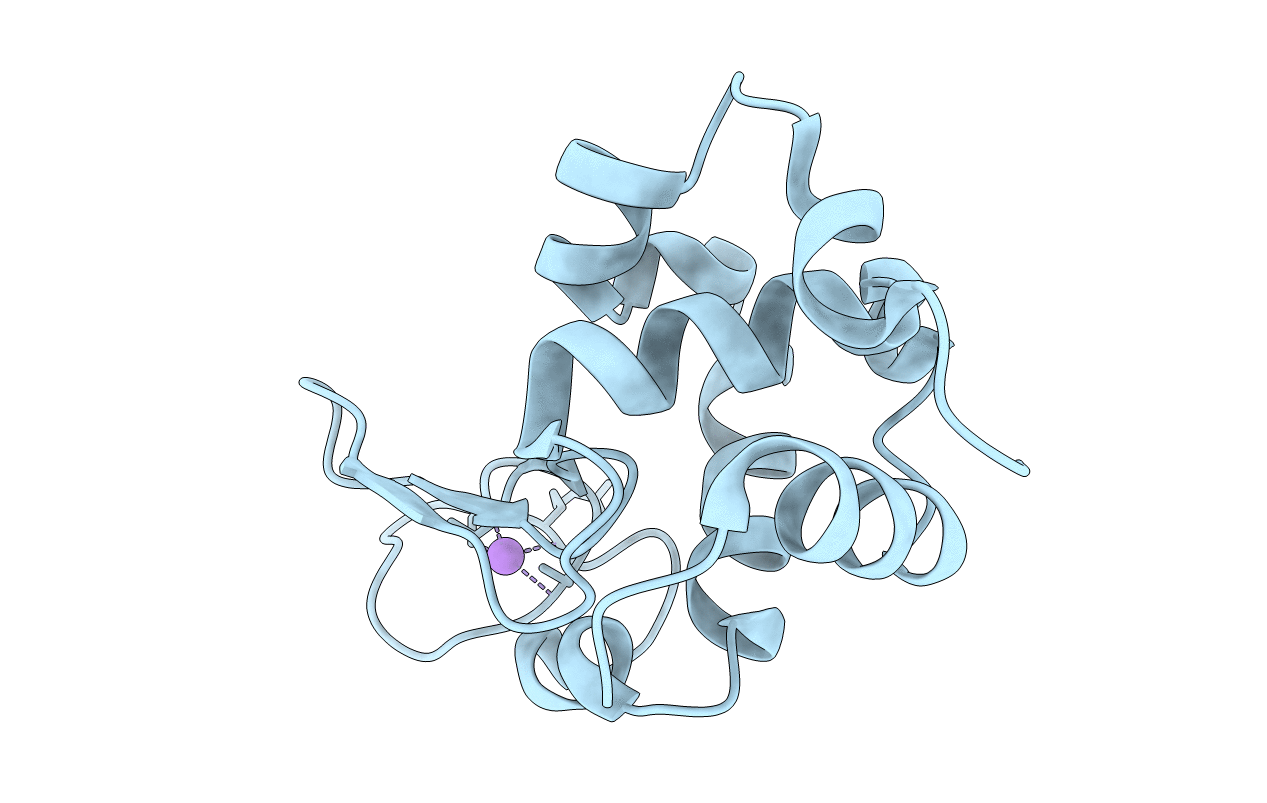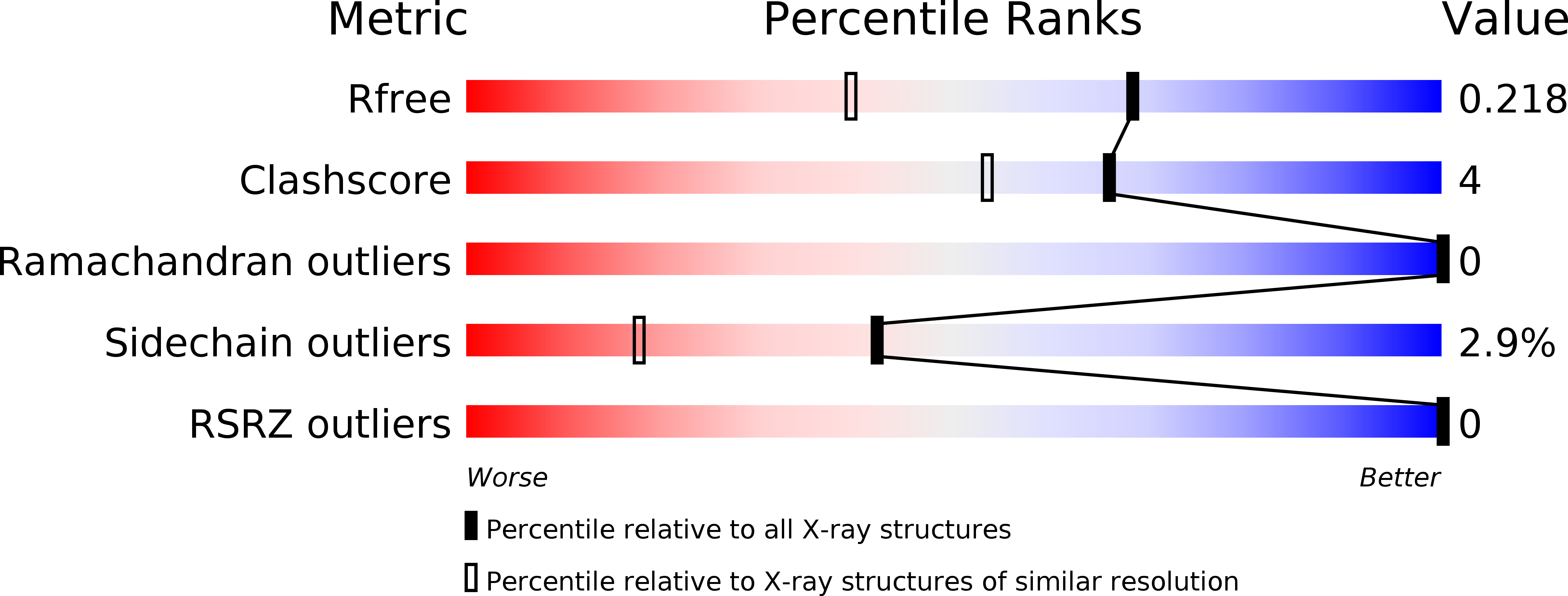
Deposition Date
2020-03-19
Release Date
2020-04-29
Last Version Date
2024-11-06
Entry Detail
PDB ID:
6W7P
Keywords:
Title:
Crystal Structure Analysis of Space-grown Lysozyme - Ground experiment
Biological Source:
Source Organism:
Gallus gallus (Taxon ID: 9031)
Method Details:
Experimental Method:
Resolution:
1.60 Å
R-Value Free:
0.22
R-Value Work:
0.17
R-Value Observed:
0.17
Space Group:
P 43 21 2


